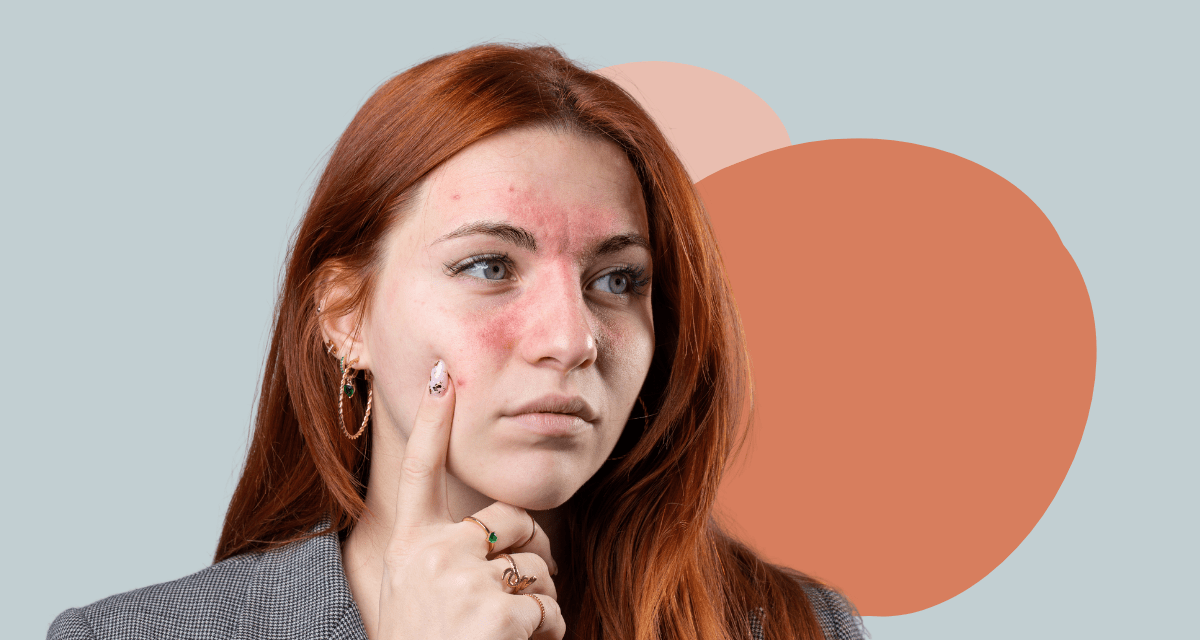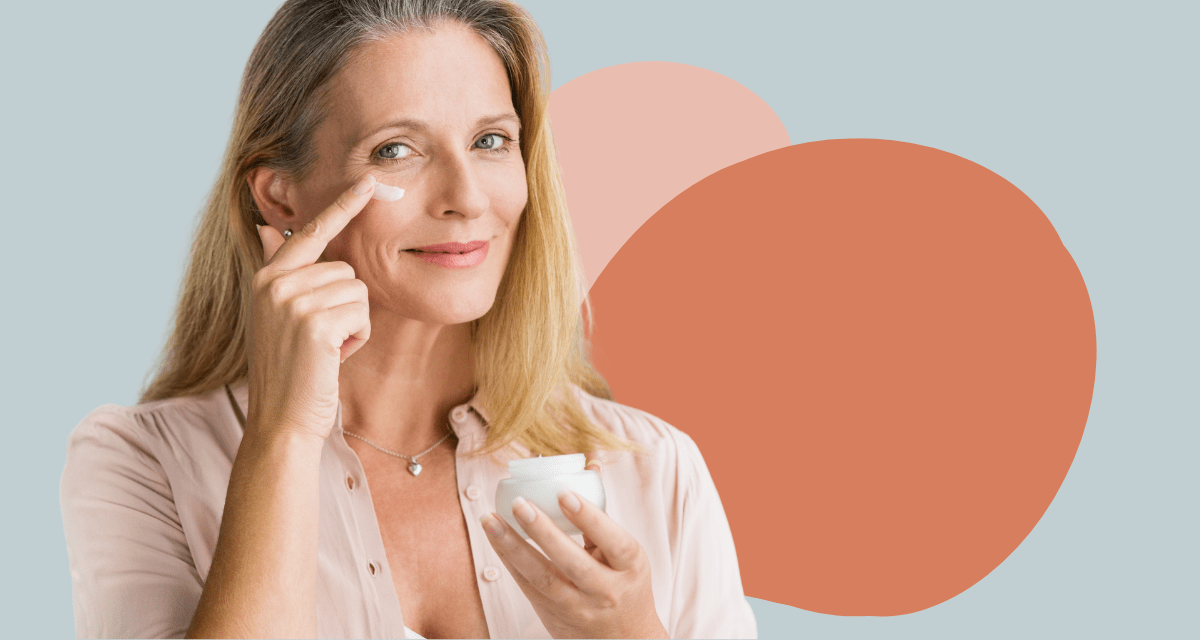
Rosacea Awareness Month: Understanding and Caring for Your Skin
Rosacea is a common yet often misunderstood skin condition that affects millions of people worldwide. Characterised by persistent redness, visible

In the age of social media, we’ve all become armchair experts in various subjects, with skincare being one of the most prevalent. TikTok, in particular, has become a hotbed for skincare advice. While some of these tips can be harmless or even helpful, there’s a concerning trend of people replacing professional consultations with these bite-sized video tutorials.
As skin professionals, we’ve seen a troubling increase in patients coming in with impaired skin barriers and sensitised skin. The cause? Following questionable skincare advice from well-meaning, but inexperienced social media influencers. This article isn’t an attempt to garner more bookings or promote expensive products; it’s a sincere appeal to prioritise skin health over viral trends.
Let’s delve into the top red flags you should watch out for when it comes to skincare advice on social media.
We understand the appeal of Vitamin A – it’s a remarkable skin-rejuvenating ingredient. However, we’ve noticed a trend of individuals obtaining high-strength Vitamin A prescriptions and applying it as liberally as a moisturiser.
Now, when we say prescription, we mean a doctor’s prescription. Yep, that’s the level of strength we’re talking about here. The number of comments and posts we’ve seen online about people picking this up with their milk and bread and applying it with no skin prep at all is truly alarming.
This trend, aka red flag, is wreaking havoc on skin barriers, causing dryness, sensitivity, flaking, serious skin purging, and even burns. Professional skincare regimes typically start with lower-strength Vitamin A, gradually increasing as your skin acclimatises.
Healthy skin is a marathon, not a sprint. Due to the nature of skin regeneration and cell turnover, most skincare products take several weeks, or even months, to manifest their benefits. Any product claiming to transform your skin overnight is likely too harsh, potentially ineffective, or its promoter is using several filters in their “after” shot.
If it’s burning, it’s a red flag. A slight tingle might be acceptable for some potent at-home skincare products, but a burning sensation is often a sign of irritation. If a product is causing serious discomfort, it might be too harsh for your skin.
SPF is a non-negotiable aspect of any skincare routine, but the amount of SPF present in a BB cream or moisturiser isn’t adequate for effective sun protection.
Frankly, the volume of product you’d need to achieve the labelled SPF would create a finish so thick that not even a beauty blender could fix that mess. Let’s not forget the social media trend of past of a certain celebrity using their SPF as highlighter – not only is it ineffective, but it’s also potentially harmful!
Mixing SPF with makeup products is a recent trend that, while creative, can seriously compromise your sun protection. This practice involves adding makeup products to your sunscreen to counteract white cast or create a skin tint. While it may seem like an innovative hack, we warn against it. Mixing products can dilute the SPF and disrupt the product’s formulation, making it less effective against harmful UVB and UVA rays.
When it comes to skincare, turning to experts who’ve devoted years to studying and understanding skin health is always the best choice. A viral TikTok video might provide a quick fix or an exciting new trend to try, but it can’t replace the comprehensive care and guidance that a skincare professional can provide.
Remember, skin health isn’t about achieving an impossible standard of perfection; it’s about giving your skin the care and respects it deserves. So, next time you’re scrolling through your feed, bear these red flags in mind and don’t hesitate to reach out to a professional for advice.

Rosacea is a common yet often misunderstood skin condition that affects millions of people worldwide. Characterised by persistent redness, visible

Ageing is a beautiful journey that reflects the tapestry of our lives, filled with stories, experiences, and emotions. As we

Prepping Your Skin for Summer: Tips and Treatments to Keep You Glowing Summer is officially here, and while we’re all
